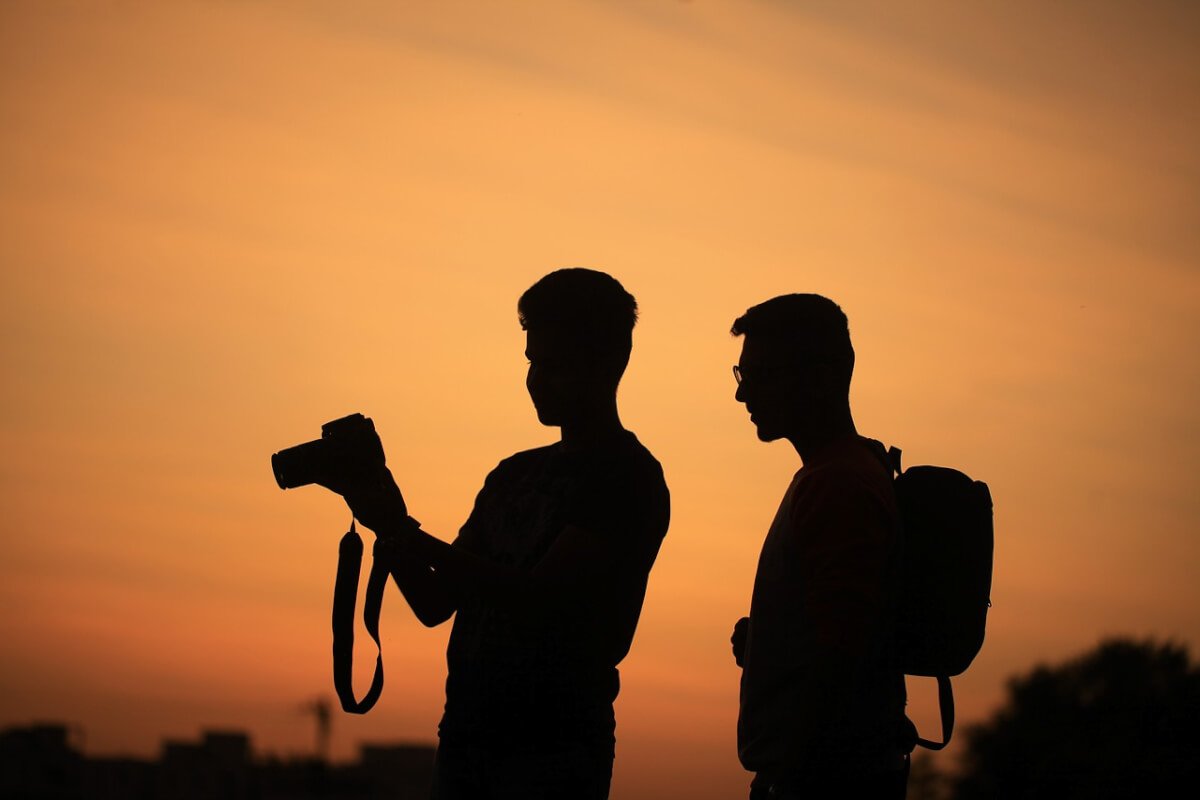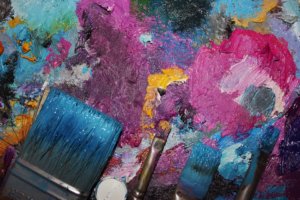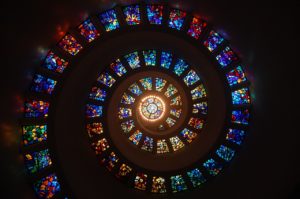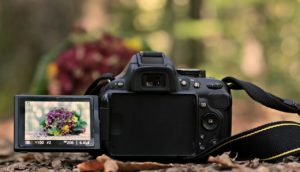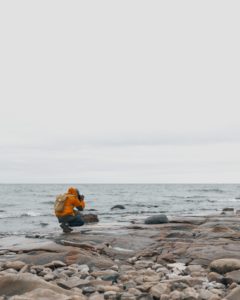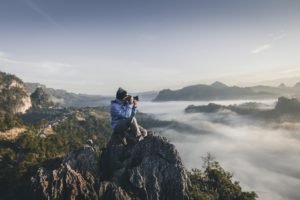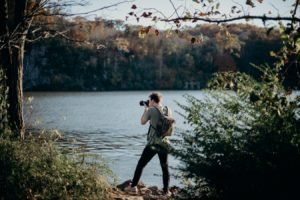So you’ve just bought a shiny new SLR camera huh? And a lens or two to go with it? That’s great. Now all you have to do is learn how to use it. I’m assuming here you bought an SLR camera because you want to do a little bit more than take happy snaps at family events and holidays. So for those new to photography as anything more than that, this article aims to give you a little background on the basics of exposure to help you on your way.
Shutter speed
There are two elements to creating a correct exposure. These are aperture, and shutter speed, which we will look at first. When you press the trigger button on your camera to take a picture, it opens a set of sliders, like opening a window. How long it stays open, depends on how you set the shutter speed. Shutter speeds can range from extremely fast (ie 1/8000 of a second), to very slow (30 seconds), or even infinity if your camera has a bulb setting. These are extreme shutter speeds and not often used, except by people who shoot fast moving subjects, or in very low light. For most of us, we tend to stick to somewhere in the middle. As a general rule, the faster the shutter speed, the sharper your photo will be. For most people, anything at 1/60 of a second or above is acceptable when hand holding a camera. Lower if you have a particularly steady hand. If you need to use slower shutter speeds, you will need to use a tripod or rest your camera on a steady surface. These slow speeds can be particularly useful for creating blurred effects. For example the flowing water in a waterfall.
Aperture
Ever wondered how photographers get their subjects to really stand out by blurring the background? The secret (which really is no secret) is adjusting the aperture. The aperture changes the depth of field in your photo. Depth of field is how much of the image is in focus. For example, if you have a depth of field of 4 meters, anything within that distance of the subject you are focusing on will also be in focus. There is as much variety with this control as there is with shutter speed. You can choose to set a narrow aperture (long depth of field) when you want the whole shot in focus, for instance a great, sweeping landscape, or a wider aperture for portraits.
Ok, so you’ve got your shutter speed sorted from your aperture. Now we just have to put them together. Any SLR camera will have an inbuilt light meter. This little gadget measures the amount of light you will need to create a correct exposure. It is usually in the form of a little bar with a too high (+) and a too low sign at each end. It is simply a matter of balancing one against the other so that the meter is centered. Once you’ve done that you can press the button! That’s all there is to it.
ISO
Another choice that will effect your exposure is the ISO you use. With film cameras, this means the speed of film that you use. If you use a 100 speed film, your ISO is 100. Digital cameras also have an adjustable ISO speed. It’s just in the form of turning a dial instead of loading a different film. A general rule is to use the lowest ISO you can get away with. Higher ISO films or digital settings can result in noisy (grainy) pictures. They do, however, allow you more freedom in your exposures in that you can shoot with less available light. Experiment with your particular camera, see what you can get away with. Remember that the quality required will be different for everyone. If you only want to make small prints to put in an album, or just store the photos digitally on your computer, then you will not need the same quality as if you want to make large prints to hang on your wall.
So there is some food for thought for those starting out in photography and looking to do more than just point and shoot. Now it’s time to go out there and shoot. Experiment with different settings. Try new things. The technical side of photography you can read about anywhere. The creative side, well, that’s up to you.
Submitted by:Mark EdenMark Eden is a freelance travel photographer and writer, and the founder and director of Expanse Photography, a photographic services company offering fine art, limited edition prints as well as stock and assignment photography and publishing services. Mark can be contacted through the Expanse Photography website http://www.expansephotography.com. |

